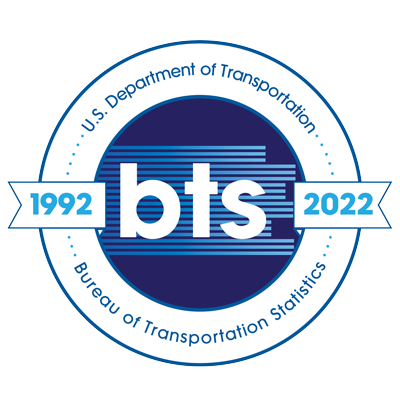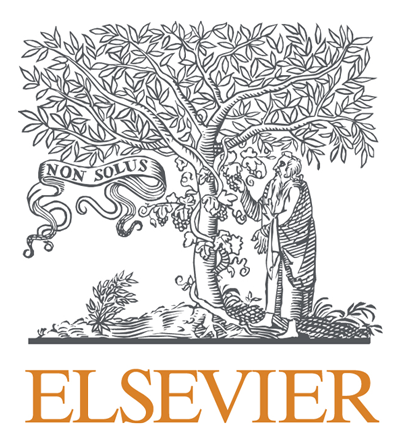Geospatial Analysis of Factors Associated with Free and Reduced Lunch Policy Implementation in New Mexico.
Topics:
Keywords: Poverty, Food insecurity, Education.
Abstract Type: Poster Abstract
Authors:
Olivia P. Larson, Brigham Young University Department of Public Health
Lori Spruance, Brigham Young University Department of Public Health
Chantel Sloan-Aagard, Brigham Young University Department of Public Health
,
,
,
,
,
,
,
Abstract
Introduction:
Nationally over 20 million children receive free school lunches, while 1.7 million receive reduced-priced school lunches. In New Mexico, 71% of students are eligible for free or reduced-priced school meals. This study evaluates multiple geographically-distributed factors associated with free and reduced school lunches and general food accessibility in New Mexico.
Methods:
The data came from publicly-available databases including the US census and the New Mexico Public Education department. We overlayed map layers identifying public school policies relative to free or reduced rate lunches, community poverty levels, distances between food distribution center accessibility.
Results:
Counties along the New Mexico and Arizona border had the lowest food accessibility. McKinley county, on the Navajo Nation in the northwest of the state has a 37.5% poverty rate, and more than 60% of lunches served to students are free. In comparison, Los Alamos County, which is directly east of McKinley County, has the lowest poverty rate (5.1%), and 8.1% of students qualify for free and reduced lunch. Education attainment rates, which are more than double in Los Alamos County than McKinley County, are a key correlate with food accessibility.
Conclusion:
Poor food accessibility in areas with high poverty levels consistently correlates with high rates of children qualifying for free or reduced lunch. Often, areas with high and low food accessibility are nearby or even contiguous. Synergistic interventions that increase general food accessibility and provide daily food for children of school age are essential to reducing food instability in New Mexico.
Geospatial Analysis of Factors Associated with Free and Reduced Lunch Policy Implementation in New Mexico.
Category
Poster Abstract








